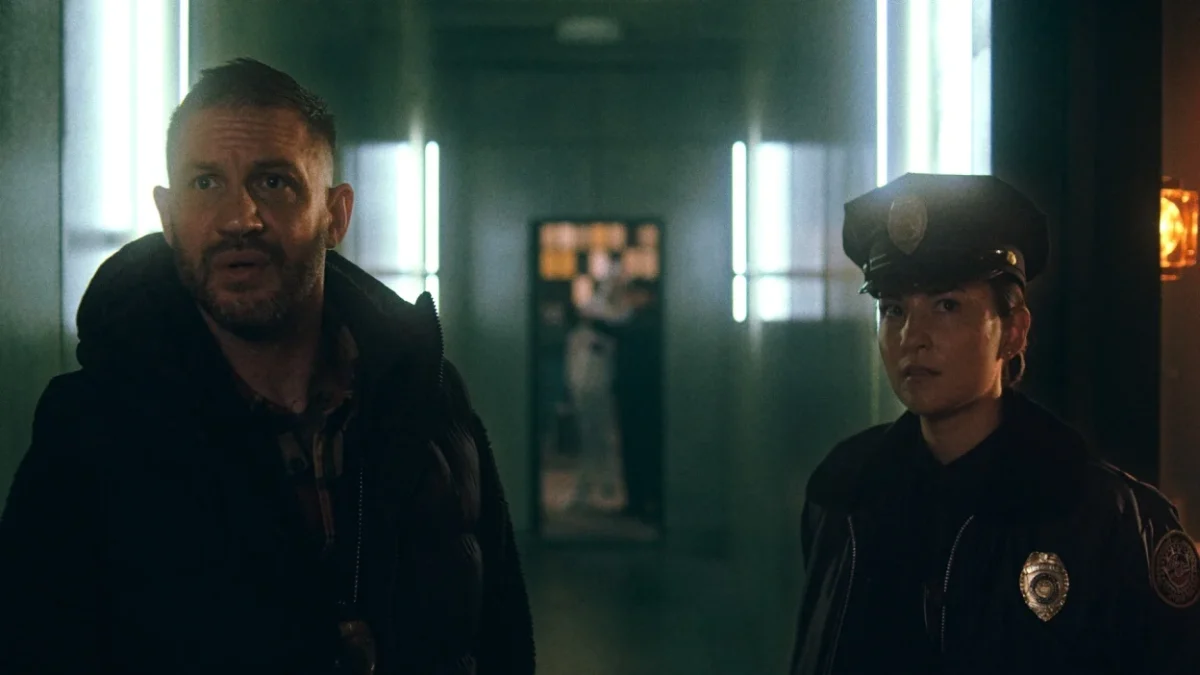As a Wu-Tang Clan lifer, it breaks my heart to admit what’s been gnawing at me for years: RZA lost his edge the moment he got serious about music theory. The raw, murky magic of Enter the Wu-Tang (36 Chambers); the imperfect loops, off-key samples, dusty soul grit, all of that was born from feel, not formula. Back then, he didn’t need to know music theory because he felt it. But once he started to understand the rules, he began obeying them. That’s when the beats stopped sounding like the streets and started sounding like a film score. Immaculate, sure. But sterile.
This same creative arc, the decline that follows technical refinement, can be found in every artistic medium. And it’s exactly what I felt watching “Havoc,” Gareth Evans’ latest for Netflix. The once iconoclastic filmmaker who blew our minds with “Merantau” and the “Raid” films has drifted into safe, calculated territory. Evans hasn’t lost his technical skills. If anything, he’s more equipped now. But what he’s lost is that raw, intuitive urgency, the kind that only shows up when you’re flying blind but fueled by purpose.
Most Western viewers got hip to Gareth Evans through “The Raid,” but I was there a little earlier. I happened to watch “Merantau” before that modern-day action masterclass. And that film hit like a revelation. It wasn’t just the choreography, though the Silat combat was brutal, balletic, and refreshing in a world of Bourne jump-cuts. It was the texture. “Merantau” felt like a film made by someone who understood both the philosophy and the violence of martial arts. Silat is a martial art built to end lives, not for sport, not for show. That ethos was etched into every frame.
Evans filmed the action with wide lenses and long takes, not as a stylistic flex, but because he had to. Limited budget meant fewer setups, which meant more time spent planning movement, camera paths, and physical choreography. But that constraint became a virtue. It forced invention. The result was action that was fluid, readable, and felt personal. I remember thinking, “This is what it must have felt like seeing Bruce Lee or Jackie Chan for the first time.”
Now fast-forward to “Havoc,” a bloated, scattered Netflix action thriller that looks like a video game and feels like a contract obligation. Gone is the grounded clarity of Evans’ earlier work. In its place, we get glossy chaos: fast edits, CGI-enhanced “oners,” and gunfights that go on forever without ever making you care who’s shooting or getting shot. It’s not that “Havoc” is incompetent. If anything, that’s part of the problem, it’s too competent. Every action beat is timed, every shot meticulously planned. And yet, nothing sticks.
The choreography, once Evans’ calling card, is now buried under visual clutter. The geography of the fights is confused. The hits don’t hurt. And the creative flourishes that used to feel handmade now feel like post-production trickery. There’s one moment that encapsulates this shift perfectly: in “The Raid 2,” they passed a camera from one moving car to another during a chase sequence. No CGI. Just a guy dressed like a car seat selling the illusion. In “Havoc,” the equivalent chase scene is all digital smoke and mirrors – technically seamless, emotionally hollow.

Let’s talk story, or the lack thereof. I don’t need my action flicks to have Nolan-level plotting, but I do need a hook. I need a reason to invest, a beat to anchor my attention. “Havoc” doesn’t deliver that. The plot, something about a drug bust gone sideways, a missing child, and crooked cops, is a blur. You’re not supposed to understand everything in a gritty actioner, but you should at least feel it. Here, there’s no emotional current. Just noise. Tom Hardy plays a haunted detective, a role he’s played in one form or another about a dozen times now. But here, he feels unusually disengaged. There’s a moment in the first act where I honestly wondered if he was being deepfaked into his own movie. That’s how little presence he has.
Forest Whitaker, an actual Oscar-winner and scene-stealer when given room to operate, is criminally underused in a supporting role that any character actor could’ve phoned in. You want to cast Whitaker? Make him the antagonist. Give him speeches. Give him a menace. Not this placeholder character. Thankfully, Michelle Waterson-Gomez and Jessie Mei Li bring some life to their roles, but their screen time is limited. When the camera shifts away from them, the energy drops right back down to neutral.
Evans once made films that felt dangerous. Even if you knew he had choreographed everything within an inch of its life, the fights felt unpredictable, like anyone could go down at any second. “Havoc,” by contrast, is obsessed with control. Every movement is clean. Every gunshot hits its mark. And yet, none of it moves you. And that’s the core issue here: the more control an artist gains, the more they risk losing the chaos that made their work magnetic in the first place. Hip hop, like martial arts cinema, thrives on that edge, that rawness.
Some of the best beats in rap history are slightly off-key or off-tempo. They don’t make sense on paper, but they slap in your soul. Because art isn’t about perfection. It’s about tension. Friction. That weird little moment when something wrong feels right. When you start building from theory instead of intuition, you lose that. And that’s exactly what has happened with Evans.
There’s a growing trend I can’t ignore: directors I once admired are losing their voice under the Netflix umbrella. Maybe it’s the straight-to-streaming model. Maybe it’s the pace of production, the deliverables, the lack of a real theatrical feedback loop. But something about that pipeline sucks the urgency out of passionate filmmakers. You trade rough edges for reach. You swap hunger for access.
Evans isn’t the only one. Look at what’s happened to David Michôd, Andrew Dominik, even Jean-Pierre Jeunet. These are filmmakers who once made movies that felt like extensions of their psyche. Now? Their work feels commissioned. Had “Havoc” been directed by someone like David Ayer, a guy who lives and breathes the crooked cop genre, maybe it would have had some flavor. Maybe the grime would have felt real. But Evans, despite his talent, feels like a tourist here. He knows how to shoot a brawl, but he doesn’t know this world well enough to give it weight.
“Havoc” is a technically sound, professionally made, and deeply forgettable film. And that’s the tragedy. Because when I think of Gareth Evans, I think of a guy who once made $1 million stretch farther than most directors could make $50 million. He understood the body, the camera, the beat. He knew when to cut and, more importantly, when not to. But like RZA post-’97, Evans seems trapped in the maze of mastery. He’s learned too much, or maybe he’s just too far removed from the chaos that made his early work sing.
When you become more of a craftsman than an artist, you can still make good-looking things. But they won’t hit the same. They won’t feel the same. Here’s hoping he finds his way back to that place where intuition leads the process. Because the last thing I want is for one of the most promising action directors of our generation to become just another guy making movies that look great and make us feel nothing.












